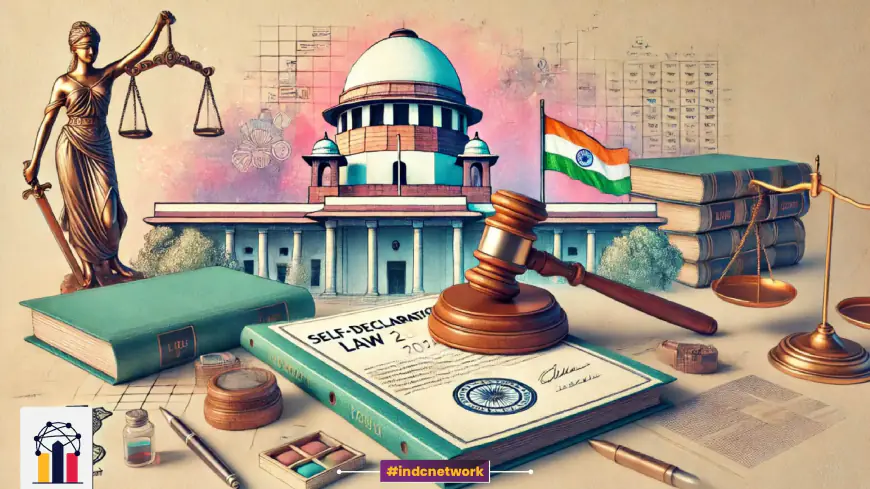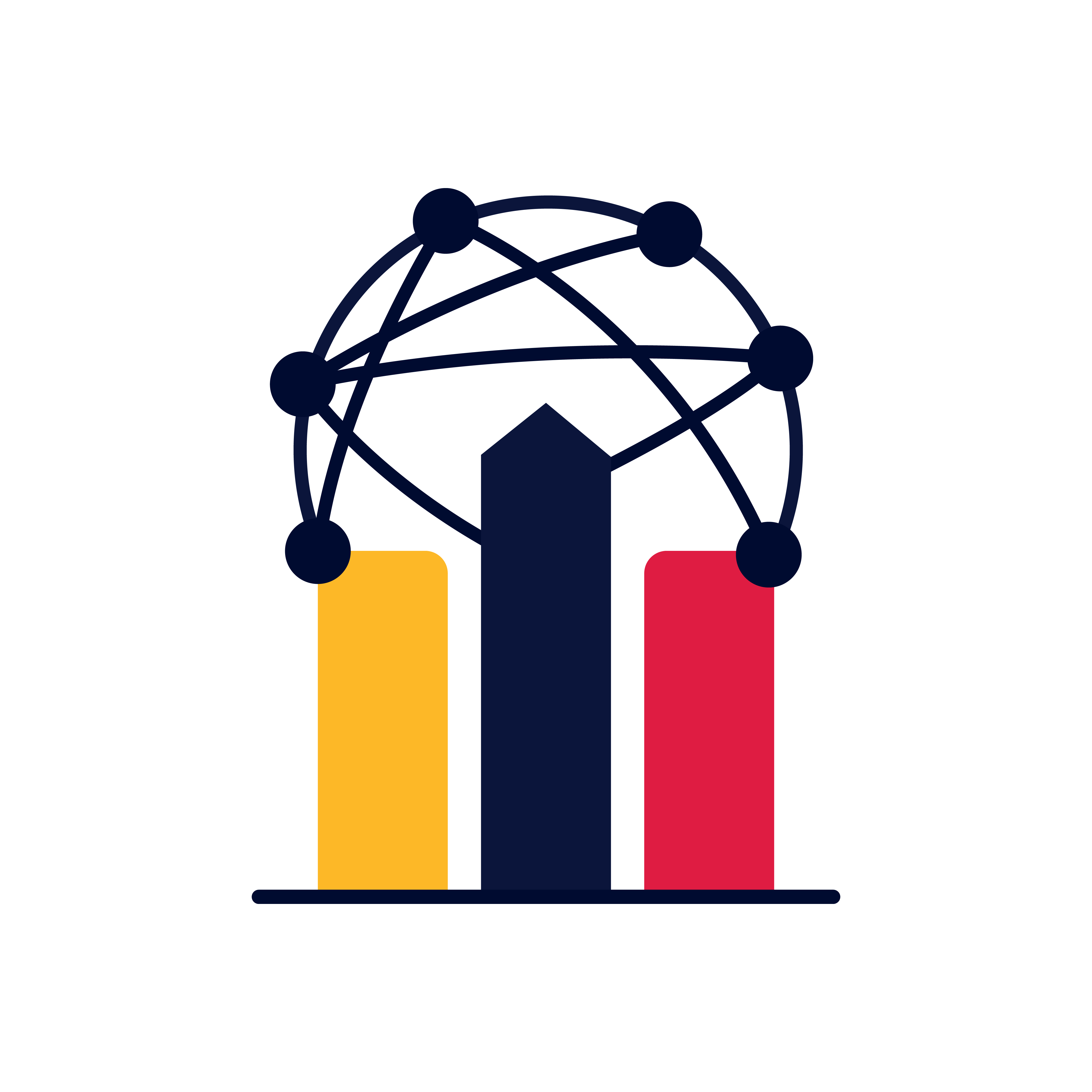Government Policies: The Hidden Forces Shaping Societies and Economies Beyond Our Awareness
Government policies serve as the invisible hands guiding nations, influencing everything from economic growth and social welfare to public health and education. In this article, we explore how government policies shape societies and economies in ways that often go unnoticed. By diving into fiscal, monetary, social, and regulatory policies, we examine their broader impacts and analyze the challenges and opportunities they create. Understanding these policies is crucial for citizens, businesses, and policymakers to navigate the complex interplay between governance and development.

INDC Network : Business : Government Policies: The Hidden Forces Shaping Societies and Economies Beyond Our Awareness
Government policies shape the foundation of any nation. From economic decisions that drive growth to social programs that safeguard public welfare, these policies determine the trajectory of a country’s development. However, many people overlook the profound influence these policies exert on their daily lives and on the long-term well-being of society. Behind every legislative measure or executive order is a carefully crafted policy that seeks to balance competing interests, solve pressing problems, and lay the groundwork for future success.
This article delves into the various forms of government policies, their purposes, and their effects on society. We will examine fiscal, monetary, social, and regulatory policies, providing a deep dive into how they function and the outcomes they produce. By understanding the hidden forces behind government policies, individuals, businesses, and even governments can better navigate the complex dynamics that shape our world.
Understanding the Framework of Government Policies : Government policies encompass a wide range of actions taken by governments to regulate and guide economic, social, and political life. These policies reflect the priorities, values, and strategic goals of a government and serve as tools for addressing challenges and seizing opportunities. Broadly speaking, government policies can be divided into several categories, including:
- Fiscal Policies – Focused on government revenue (taxation) and expenditure.
- Monetary Policies – Managed by central banks, affecting the money supply and interest rates.
- Social Policies – Addressing welfare, healthcare, education, and social equity.
- Regulatory Policies – Governing businesses, industries, environmental protection, and public safety.
- Trade Policies – Managing international trade agreements, tariffs, and export-import regulations.
Let’s explore each of these policy types in more detail and analyze how they impact society.
Fiscal Policies: Balancing Government Budgets and Economic Growth : Fiscal policy refers to the government’s approach to managing its finances—mainly through taxation and public spending. Governments use fiscal policy to influence economic conditions, promote growth, reduce poverty, and stabilize their economies. The two primary tools of fiscal policy are taxation and government expenditure.
1. Taxation Policies : Taxation policies determine how the government collects revenue. Taxes can take several forms, including income tax, corporate tax, value-added tax (VAT), property tax, and customs duties. The structure of a country’s tax system reflects its socio-economic priorities. Progressive tax systems, where higher earners are taxed at higher rates, aim to reduce income inequality. Conversely, flat or regressive taxes may place a larger burden on low-income earners.
Well-designed tax policies help fund public services such as infrastructure, education, healthcare, and social programs. However, taxation is often a contentious issue, with debates centering on the balance between raising enough revenue and maintaining incentives for businesses and individuals to innovate and invest.
2. Government Expenditure : Government expenditure covers everything from building highways and schools to funding welfare programs and national defense. Expansionary fiscal policies involve increasing government spending to stimulate economic growth, especially during times of recession. This can create jobs, boost consumer spending, and encourage businesses to invest. On the other hand, contractionary fiscal policies, which involve reducing government spending, may be implemented to combat inflation or control national debt.
Fiscal stimulus packages, like those seen during the 2008 global financial crisis and the COVID-19 pandemic, are classic examples of expansionary fiscal policies. These packages inject large amounts of capital into the economy to prevent or reverse economic downturns. However, they also raise concerns about long-term government debt and deficits.
Monetary Policies: The Central Banks' Influence on the Economy : Monetary policy is managed by a country’s central bank, and it plays a critical role in controlling inflation, stabilizing the currency, and promoting economic growth. The central bank’s primary tools for influencing the economy include adjusting interest rates, controlling the money supply, and regulating credit conditions.
1. Interest Rate Policies : Interest rates are a key lever in monetary policy. By raising or lowering interest rates, central banks can influence borrowing, saving, and spending behavior. For example, lower interest rates make borrowing cheaper, which can encourage businesses to invest in new projects and consumers to take out loans for major purchases like homes and cars. This boosts economic activity and growth. Conversely, raising interest rates can cool an overheating economy, reduce inflation, and encourage savings.
The balancing act between stimulating economic growth and controlling inflation is one of the central bank’s biggest challenges. Too much stimulation can lead to inflation, while tightening policies too much can stifle growth and increase unemployment.
2. Money Supply Management : Central banks control the money supply through open market operations, which involve buying or selling government bonds to influence the amount of money in circulation. By increasing the money supply, central banks aim to reduce interest rates and stimulate spending. Conversely, reducing the money supply can help prevent inflationary pressures from building.
Quantitative easing (QE), a form of unconventional monetary policy, was widely used after the 2008 financial crisis and during the COVID-19 pandemic. Through QE, central banks purchase large amounts of government bonds and other financial assets to inject liquidity into the economy, supporting financial markets and encouraging lending.
Social Policies: Addressing Welfare, Education, and Healthcare : Social policies are aimed at improving the quality of life for citizens, ensuring equal access to essential services, and reducing social inequality. These policies cover a broad range of areas, including healthcare, education, housing, and welfare.
1. Welfare and Social Security Programs : Governments implement welfare programs to provide financial assistance to individuals and families in need. These programs include unemployment benefits, pensions, disability allowances, and food assistance programs. Welfare policies are designed to create a safety net for vulnerable populations, reduce poverty, and promote social equity.
Social security systems, such as those found in many developed countries, provide income support for retirees, disabled individuals, and survivors of deceased workers. These programs are funded through taxes, often collected from workers and employers during their productive years.
2. Healthcare Policies : Access to affordable and quality healthcare is a cornerstone of social policy in many nations. Government healthcare policies can take several forms, from universal healthcare systems funded by taxes to privatized systems where individuals purchase their own health insurance. Governments may also regulate pharmaceutical pricing, hospital fees, and medical professionals to ensure equitable access to care.
Public health initiatives, such as vaccination programs, disease prevention efforts, and pandemic response plans, are also key components of healthcare policies. The COVID-19 pandemic highlighted the importance of strong public health infrastructure and government intervention in mitigating health crises.
3. Education Policies : Education policies seek to ensure that all citizens have access to quality education, from early childhood to higher education. These policies shape the funding, curriculum standards, teacher training, and the accessibility of educational opportunities. Governments may also offer student loans, scholarships, and subsidies to make higher education more affordable.
Education is closely tied to economic development, as it equips individuals with the skills and knowledge necessary for employment, innovation, and entrepreneurship. Investment in education is considered one of the most effective ways to promote long-term economic growth and social mobility.
Regulatory Policies: Safeguarding the Public and the Economy : Regulatory policies involve the establishment of rules and regulations that govern various aspects of society, such as business practices, environmental protection, and public safety. These policies are essential for maintaining order, protecting consumers, and ensuring fair competition.
1. Business and Industry Regulations : Governments regulate industries to prevent monopolies, protect consumers, and ensure ethical business practices. Regulations may cover areas such as product safety, labor rights, anti-trust laws, and corporate governance. For example, financial regulations ensure that banks operate safely and transparently, while consumer protection laws safeguard buyers from fraudulent or harmful products.
While necessary for maintaining market integrity, excessive regulation can stifle innovation and entrepreneurship, leading to debates over the appropriate level of government intervention in the economy.
2. Environmental Regulations : Environmental policies regulate the impact of human activities on natural resources and ecosystems. These regulations may include limits on emissions, requirements for renewable energy usage, and conservation efforts. Governments also implement policies to combat climate change, such as carbon pricing, cap-and-trade systems, and subsidies for green technologies.
Balancing economic growth with environmental sustainability is a critical challenge for governments. While environmental regulations are essential for preserving natural resources and protecting public health, they can also impose costs on businesses and industries.
3. Public Safety Regulations : Public safety regulations encompass policies related to food safety, workplace standards, transportation, and building codes. These regulations are designed to protect citizens from harm, ensure safe working conditions, and prevent accidents.
For instance, food safety regulations prevent the sale of contaminated or unsafe food products, while occupational safety standards ensure that workplaces minimize hazards for employees. In some cases, regulatory agencies have the power to issue fines or close down businesses that fail to comply with safety standards.
Tags:
- government policies
- public policy
- economics
- fiscal policy
- regulatory policy
- social policy
- governance
- economic development
- politics
- policymaking
- INDCNETWORK
- Indcnetwork
- INDC Network
- INDC
- INDC News
- News INDC
- Network News
- INDC Network
- INDC Network English
- English INDC Network
- Network news english
- English News
- Indc Network.com
- INDC Network.com
- indcnetwork.com







